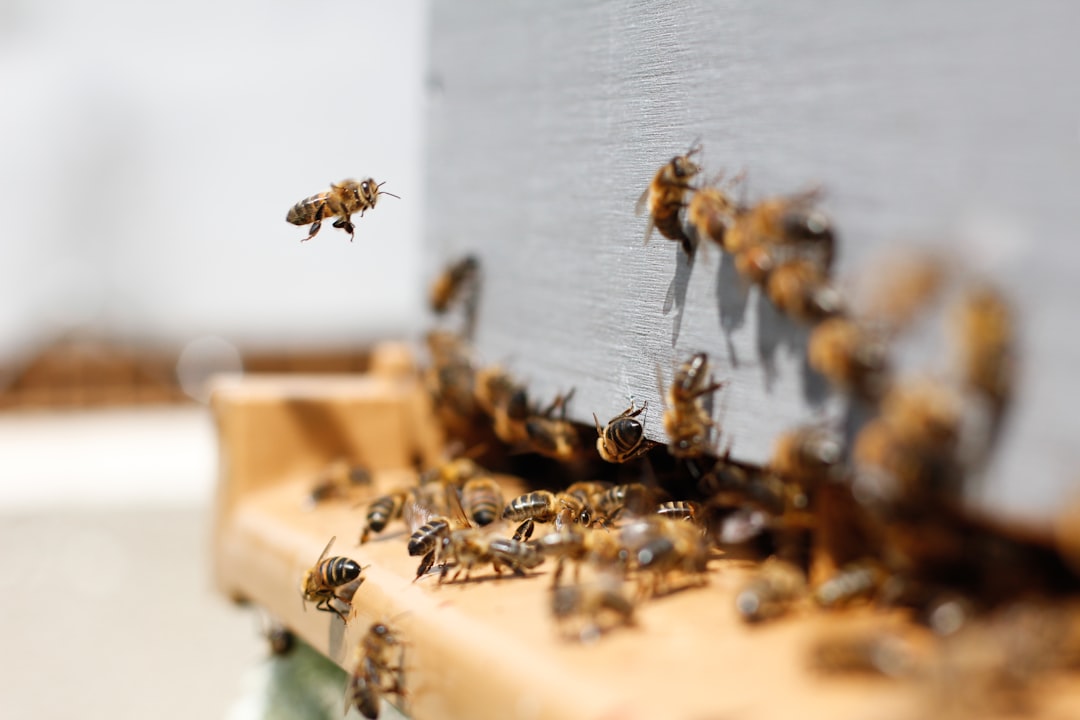What is it about?
Aims: This study aimed to investigate the application of Origanum vulgare L. essential oil (EO) as alternative antimicrobial agent against vaginal infections. Methods and Results: Microdilution methods was applied for detection of minimal inhibitory (MIC) and minimal bactericidal/fungicidal MBC (MFC) concentration on 12 clinical strains, originated from women with symptoms of vaginal infection, three of each: Escherichia coli, Staphylococcus aureus, Proteus mirabilis and Enterococcus spp. and one strain of Candida albicans. Optical density determination (OD) was used for detecton of Candida growth rate. Staining with DAPI was used to detect influence of EO on nuclear condensation and fragmentation. Brine shrimp bioassay was used to determine toxicity of EO while chemical composition analysis was done using GS-MS. According to MIC and MBC (MFC) values, the most susceptible strains to EO were: E. coli 1, E. coli 2, S. aureus 3 and C. albicans. Inhibition of C. albicans filamentation was detected at 0.45 μl ml-1. DAPI staining method showed desintegration of bacterial and yeast cells and condensation and fragmentation of nuclei (4.5μl ml-1), while brine shrimp assay showed high toxicity to Artemia nauplii. Carvacrol (72.06%) and thymol (4.98%) were the major oil components. O. vulgare EO showed higher activity against bacteria than yeast pathogen. Obtained inhibition (%) of Candida growth point to a shorter period of time (24h) for exceeding IC50 as MIC and IC99 as MFC value of antifungal agent. Conclusion: These values could be recommended as valid parameters for faster detection of EO effectiveness to Candida isolates.
Featured Image
Why is it important?
Significance and Impactof Study: Examination of O. vulgare EO potential as main antimicrobial constituent within vaginaletes in gynaecologica practice.
Perspectives
using quick and reliable tests on determination of susceptibility characteristics of specific vaginal infection bacterial and Candida albicans strains towards essential oil such as Origanum vulgare
Dr Maja Karaman
University of Novi Sad, Faculty of Natural Sciences, Department of Biology and Ecology
Read the Original
This page is a summary of: Origanum vulgare
essential oil affects pathogens causing vaginal infections, Journal of Applied Microbiology, April 2017, Wiley,
DOI: 10.1111/jam.13413.
You can read the full text:
Contributors
The following have contributed to this page










